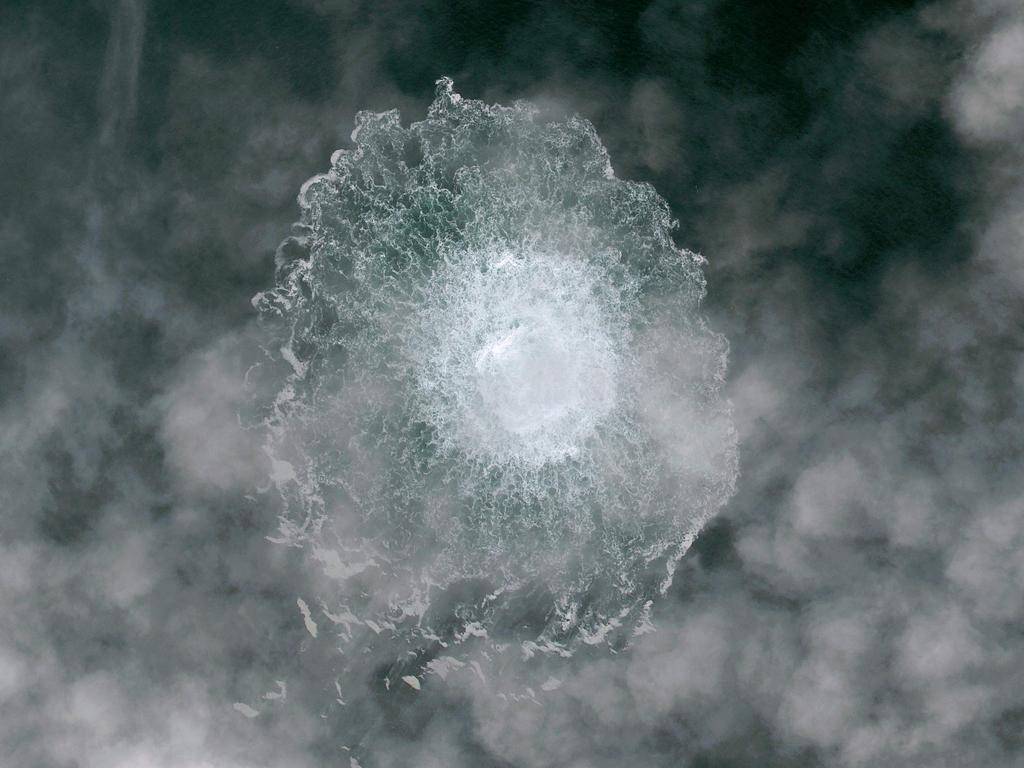
This article is more than
3 year oldTrue extent of pipeline ‘sabotage’ revealed
At least 50 metres of the Nord Stream 1 pipeline has been destroyed or buried under the seafloor following an explosion assumed to be from sabotage, underwater images published on Tuesday showed.
In videos published by the Swedish newspaper Expressen, a massive tear and twisted metal can be seen on the Nord Stream 1 pipeline 80 metres down.
According to the newspaper, the videos that were filmed on Monday show how more than 50 metres of the pipeline is either missing or buried under the seabed, and long tears can be observed on the seabed leading up to the burst pipe.
The damage is widely thought to have been caused by a Russian attack, but Moscow disputes this.


“It is only an extreme force that can bend metal that thick in the way we are seeing,” Trond Larsen, drone operator with the Norwegian company Blueye Robotics told Expressen.
Larsen, who piloted the submersible drone which captured the video, also said you could also see “a very large impact on the seabed around the pipe”.
The two Nord Stream pipelines were damaged by explosions under the Baltic Sea at the end of September, causing four leaks.
While the leaks were in international waters, two of them were in the Danish exclusive economic zone and two of them in the Swedish zone.
Swedish authorities announced on October 6 that they had conducted an underwater inspection of the site and collected “pieces of evidence,” and that the inspection backed up suspicions of probable sabotage.
Meanwhile, Danish police on Tuesday said they had completed several inspections of the leaks in the Danish zone, together with the intelligence service PET.
“The inspections have confirmed that there has been extensive damage to Nord Stream 1 and 2 in the Danish exclusive economic zone and that the damage was caused by powerful explosions,” they said in a statement.
Danish police also said a joint investigation team would be set up with PET to continue the investigation, but that it was too early to say what international cooperation would be possible with Sweden and Germany.
The pipelines, which connect Russia to Germany, have been at the centre of geopolitical tensions as Russia cut gas supplies to Europe in suspected retaliation against Western sanctions following Moscow’s invasion of Ukraine.
The pipelines are owned by Russian state-owned energy company Gazprom.
Moscow blames the United States for the damage.
Although the pipelines were not in operation, they contained gas before falling victim to the apparent sabotage.





